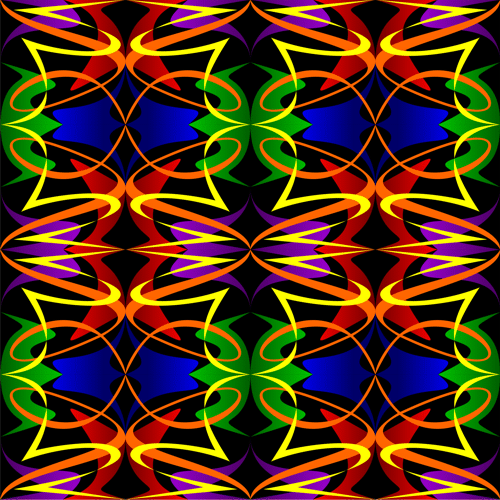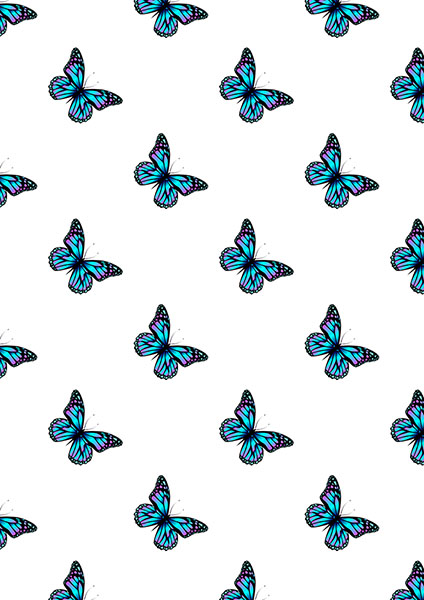Table Of Content

When viewers see an element multiple times in a design, they get familiar with the visual. That helps build a brand identity as the design appears everywhere on social media sites, websites, packaging, etc. The use of repeated design elements is a controversial topic in the creative industry. Usually a fabric design consists of mixing and matching different patterns. Designers combine different patterns, scales, and colors within a single fabric collection that appeals to different consumer preferences. In graphic design, repetition is about using an element multiple times in a piece of design.
Two-directional Pattern
The purpose of repeating the elements is to give viewers a sense of familiarity. They can be confident in what they see and be assured of being on an authentic site. While talking about graphic designs, we often mention and analyze colors, fonts, shapes, images, symbols, etc.
Flying Colours Repeats Cabin for Global Express - Aviation International News
Flying Colours Repeats Cabin for Global Express.
Posted: Mon, 02 Oct 2017 07:00:00 GMT [source]
How does the principle of repetition contribute to the coherence of a design?
The Live-Action How To Train Your Dragon Repeats Sonic's Design Curse - imdb
The Live-Action How To Train Your Dragon Repeats Sonic's Design Curse.
Posted: Sun, 26 Feb 2023 00:39:53 GMT [source]
At the same time, we should note how the same types of controls appear in the same way on each page. Similarly, some colors and fonts are repeatedly seen at different places in a design, online or offline. Repetition helps ensure the coherence of a design because you’re applying several instances of the same or a similar element over and over again. It’s important to note repetition doesn’t mean sameness, and using the principle well doesn’t always mean matching elements exactly.
BBB Rating & Accreditation
First and foremost, there are many industry standards that these patterns should adhere to. Then there are considerations like the use of the fabric (whether it is apparel fabric, furnishing textile etc) and the type of the fabric itself (whether it is woven or knitted etc.). Are they randomly placed or are they the result of deliberate planning? As a layman, How can I decipher these prints and patterns in a language I can understand, and still make it visually appealing?. First, you will want to measure the height and width (in feet) of the wall space you want to cover. Then, multiply those two numbers together and divide by the square foot coverage of the roll (18ft rolls cover 30.75 sq. ft and 16ft rolls covers 28 sq. ft).
Second Time Around Thrift Store
Such a pattern is the basis of building rhythm and unity in a design. But the designers use repetition to achieve their brand goals as well. Graphic designers incorporate repetition as an element of design to achieve multiple goals.
DIAMOND PATTERN REPEAT

Hierarchy and rhythm are design principles that rely heavily on repetition. Without the principle of repetition, it would essentially be impossible to create either one, unless you had very little visual content to work with. We often think of repetition as applying to fonts or colors. But repetition also applies to shapes, illustrations and other visual elements. When used well, repeating visual elements can create a cohesive feel. The following infographic is a prime example of repetition.
A designer chooses elements of aesthetics based on what is to be presented to the viewers. Repetition creates rhythm, an essential element that evokes the feeling of movement. Visitors can see and feel a sense of movement when they see an interval between the repeated elements. It also is an effective way to build a visual hierarchy in designs.

Lastly, round up to the next whole number and that is the number of rolls you should order! Depending on the size of the design repeat and the height of your ceilings, we recommend ordering an extra roll just to be safe. The first thing to do when planning to cut your fabric for repeating panels is to determine where your pattern starts repeating itself. A navigation bar is an example of a repetition design element, as it looks the same on each website page. Visitors find the site trustworthy when they see the same navigational buttons in the same space on every page.
For example, if you want to convey your firm position in the food industry, your designer may incorporate multiple images from the food sector on your website pages. Repetition of shapes is also an effective way for designers to convey a message and create a unique design. With their repetitive use, designers make a website page look consistent and clean. There are mainly three principles of design repetition that the designers follow.
The human eye likes patterns and repetition, which is why we look at aesthetic things again. So, repetition can help present information in an organized way that people find attractive. When you use the same elements repeatedly in a design, it becomes a pattern.
They know they are on the right web page and can confidently navigate and make buying decisions. Imagine the designer of this infographic only used one pushpin in the top grouping of images. Some readers might understand the connection between pushpins and Pinterest, but the design would feel incomplete.
Fabric Designers do not consider these layouts in isolation – they are most of the time overlapped – a single pattern can have many of these elements in it. This pattern has motifs/elements/threads which overlap – this results in a different colour than the original where they intersect. The pattern match determines where the pattern matches at the seams. Random match is the easiest to install and will not create any waste when measuring strips as these wallpapers line up randomly at the seams. Drop-match and straight match wallpapers may result in some waste when you match the pattern from strip to strip.
They can ensure a better user experience by helping visitors to find the buttons to access information on a web page. They do not have to find navigational elements all over again. In utilizing these approaches to design, the user experience is put at the forefront of the design ideology. Designers should develop a keen awareness and understanding of the important principals behind design repetition, design, pattern and design rhythm. As noted above, the use of repetition, pattern and rhythm are one of the key elements in enhancing and improving the experience for users. Whether it be in architecture or web design, the use of recognisable, repeating imagery or patterns allows users to identify their place within a wider structure.
You will also make good use of the repetition of the elements on social media and other platforms. Besides colors and fonts, incorporating a specific image or graphic multiple times go a long way in reinforcing your idea and message. Repetition is a crucial design element that helps create familiarity and trust for viewers and the target audience. A designer repeats lines, colors, fonts, shapes, and themes to create a specific pattern to make a design user-friendly and trustworthy. There are repetition design principles that a designer follows to achieve particular goals. Graphic designers use repetition of design elements as part of branding strategy.

No comments:
Post a Comment